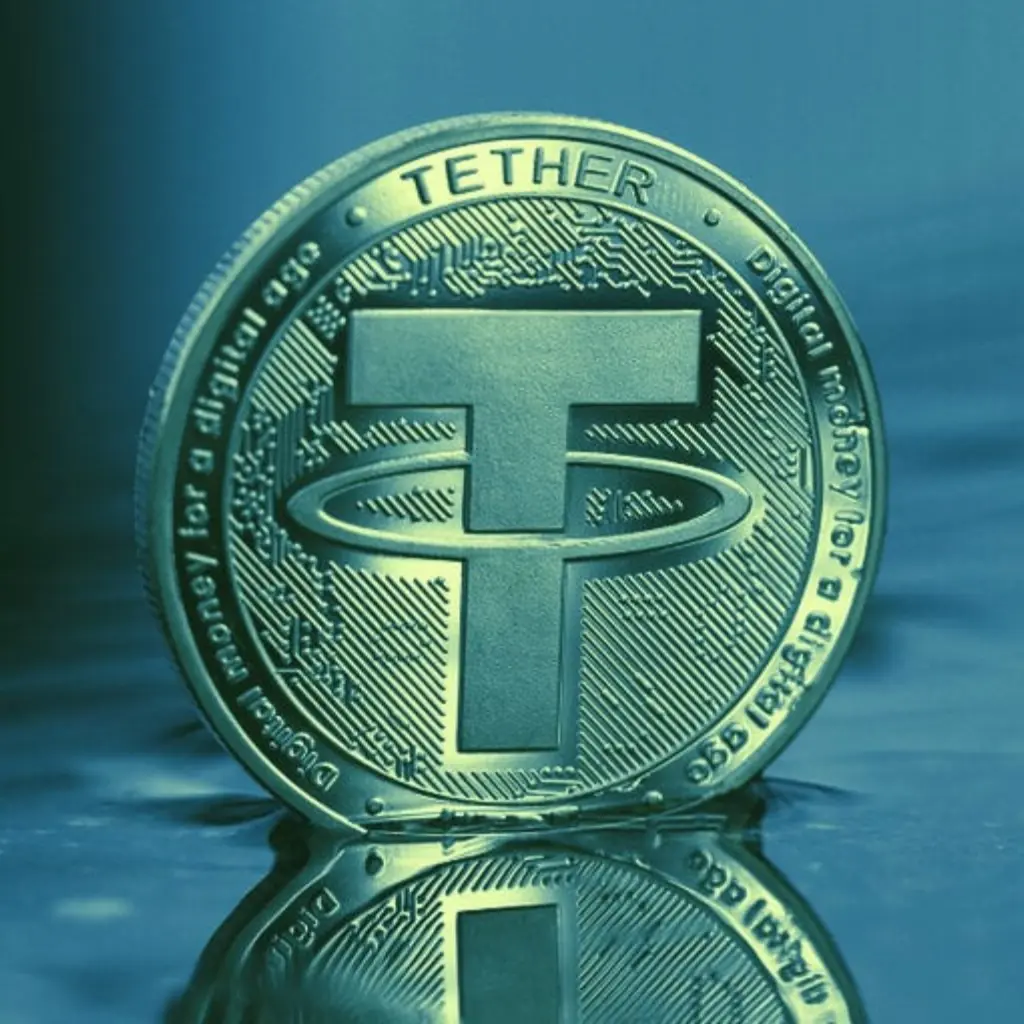Imagine This: The $1 Peg Starts to Slip
USDT, also known as Tether, is the go-to choice for millions when it comes to escaping crypto volatility. It’s supposed to hold steady at $1 — no matter what. But here’s the thing: USDT stability isn’t guaranteed. In a market where trust is everything, what would happen if that trust breaks? This article explores the “what-ifs” — from minor wobbles to major disruptions — and why USDT stability matters more than you might think.
Why Could USDT Lose Its Stability?
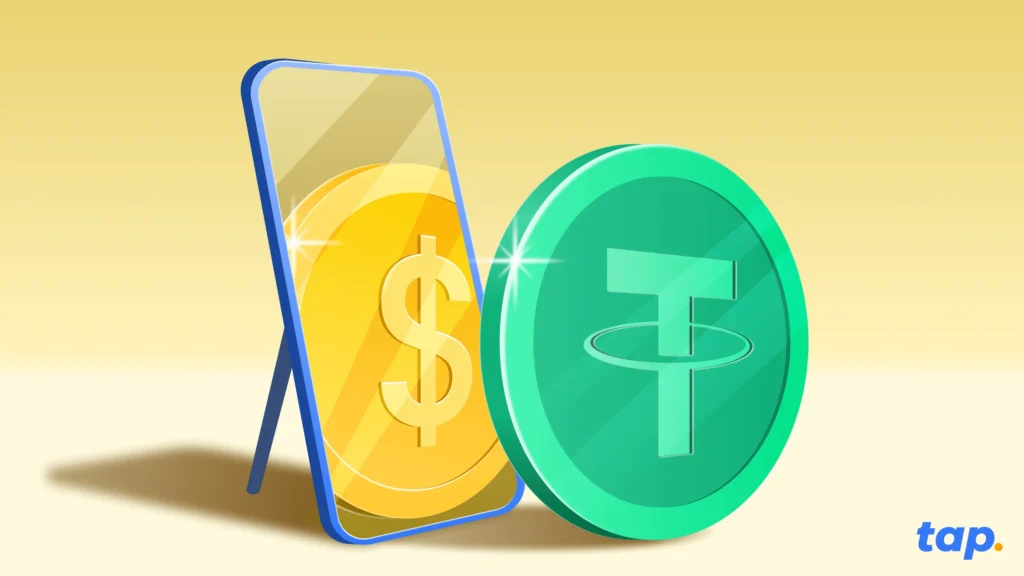
Let’s break it down. USDT’s promise is simple: one token equals one U.S. dollar. But the machinery behind that promise? Not so simple.
Tether, the company behind USDT, says every coin is backed by real-world assets. But what assets exactly? Sometimes it’s cash, sometimes commercial paper, sometimes… murky stuff. And that lack of full transparency leaves room for doubt.
So hypothetically:
- What if those reserves aren’t liquid enough in a crisis?
- What if regulators freeze assets?
- What if users suddenly stop trusting Tether’s disclosures?
Any of these “what ifs” could crack the peg — even temporarily.
A Wobble Could Mean Trouble
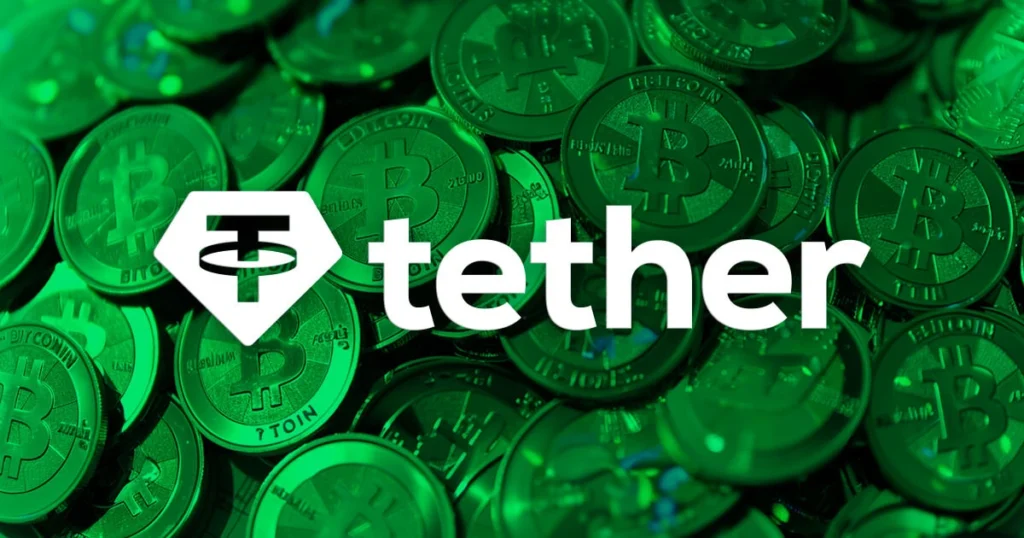
Let’s say USDT drops a few cents. Maybe it’s minor. Maybe it’s over in a day. But in crypto, panic spreads fast.
DeFi protocols that rely on USDT could miscalculate values. Arbitrage bots might exploit price gaps. Exchanges could face liquidity crunches.
In a worst-case scenario? Trust erodes. People dump USDT. Traders flee to safer assets like USDC or fiat. The system gets a shock. Even Bitcoin and Ethereum might feel the tremor — not because their value depends on USDT, but because so much activity does.
USDT Stability vs. Other Stablecoins: Who Comes Out Ahead?

Now let’s flip the question: What if USDT fails — and others rise?
USDC, with its U.S.-regulated backing and transparent audits, might absorb fleeing users. DAI could see a surge too, especially among DeFi-native users who prefer decentralized options.
But even those coins could feel pressure. A major USDT event wouldn’t just be about one coin — it would shake confidence in stablecoins as a concept.
Could a Major Disruption to USDT Stability Really Happen?
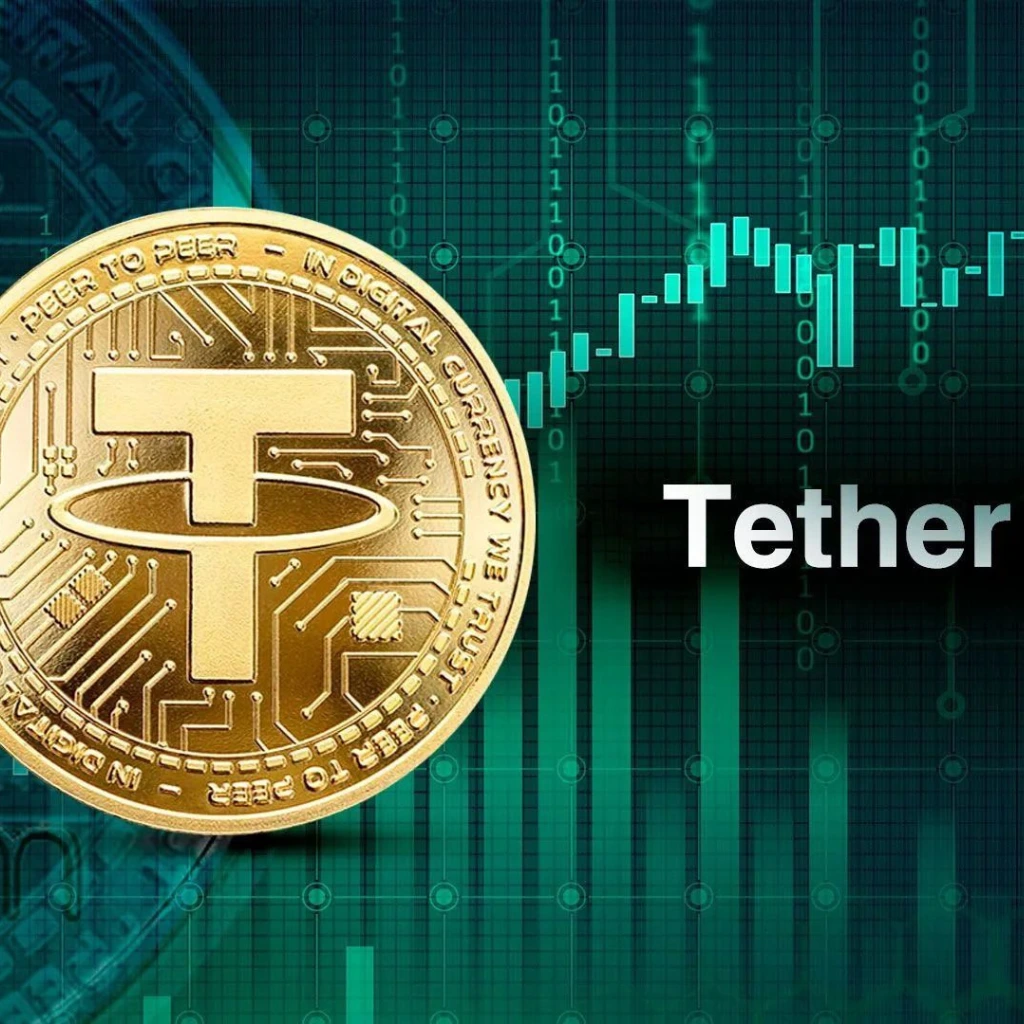
Here’s the thing: USDT has weathered storms before. Legal investigations, transparency criticisms, wild markets — and still, it holds the top spot in stablecoin volume. Most days, it’s boring in the best way possible: stable, fast, everywhere.
But if we’ve learned anything from crypto history, it’s that “unlikely” doesn’t mean “impossible.”
So:
- What if tomorrow brings a black swan event?
- What if Tether’s reserves can’t keep up with withdrawals?
- What if we’re too confident in something that’s only stable until it’s not?
Protecting Yourself: How to Hedge Against USDT Stability Risks
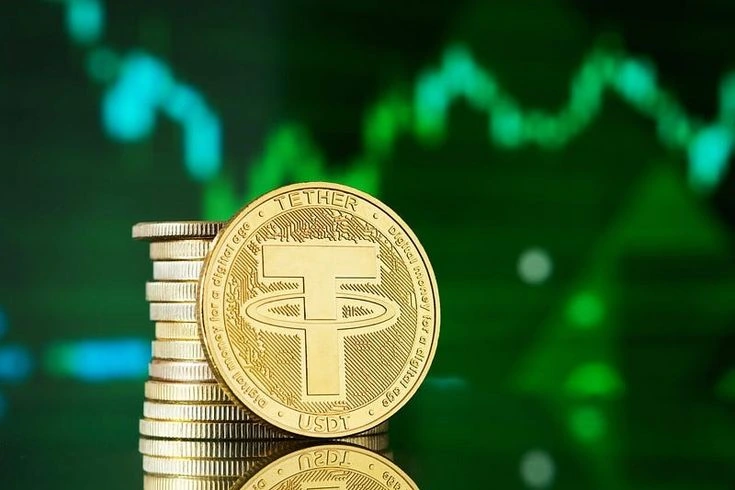
No need to panic — just plan.
If you use USDT for quick trades or transfers, it still makes sense. But if you’re holding large amounts long-term, it might be smart to diversify. Consider mixing in USDC, fiat, or even converting to assets with more clarity.
Ask yourself:
- What if USDT dipped by 5% overnight — how would it affect you?
- What if you couldn’t cash out instantly?
If those questions feel uncomfortable, a backup plan might be worth exploring.
Closing Thoughts: USDT Stability Is Built on Trust — Until It Breaks

USDT has earned its role as crypto’s go-to stablecoin — for now. But no system is foolproof, and no token is truly risk-free.
So the real question isn’t whether USDT is stable today. It’s this:
What if tomorrow it’s not?
The smart move? Don’t just trust — prepare. Because in crypto, what-ifs can become reality overnight.
Relevent news: Here

